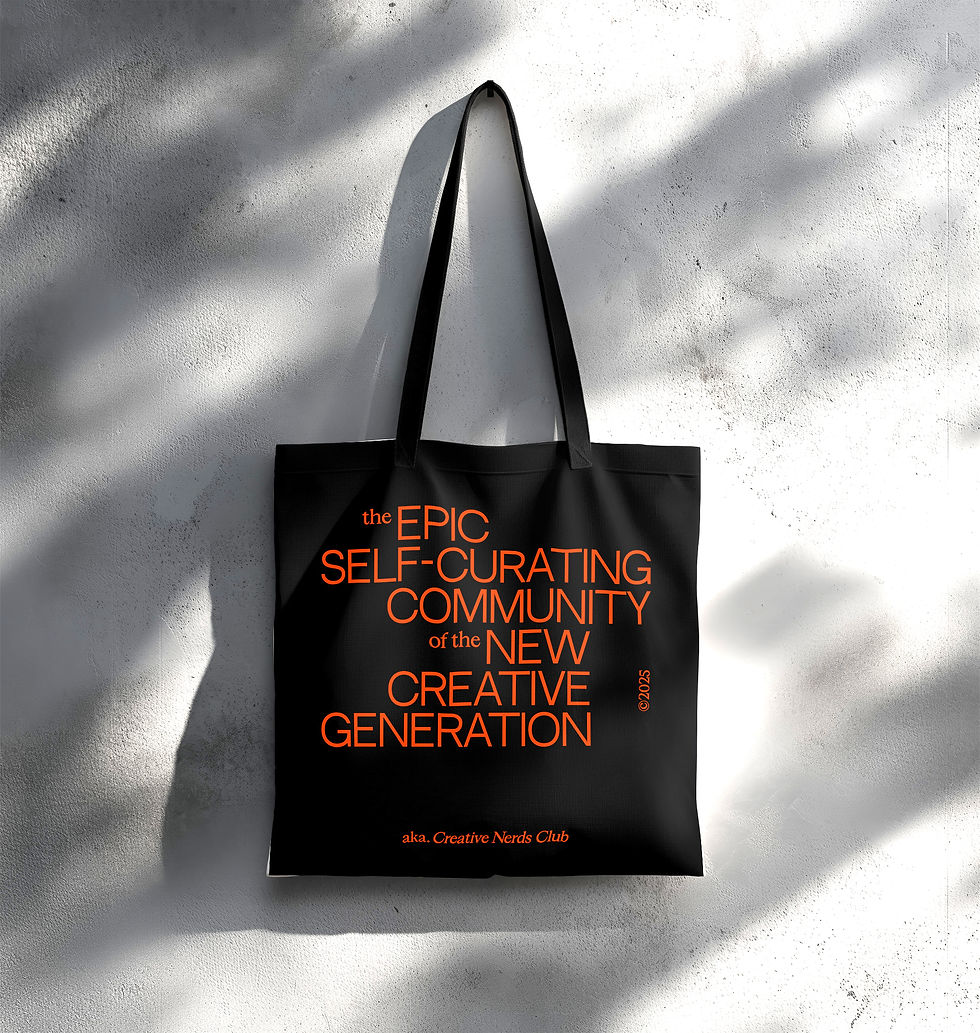Tino Seubert | Designer
- Onur Çoban

- Jan 20, 2024
- 3 min read

We had a conversation with London-based designer Tino Seubert, whose affinity for the everyday, combined with an experimental design process, creates a dialogue between industrial and organic, minimalism and craft, fragility and strength, transparency and color.
Who is Tino Seubert? Can you briefly tell us about yourself?
When he first made his now signature wicker and aluminium stools and benches in 2018 for a show at the Hepworth Gallery in Wakefield, German-born (1986, Forchheim) Tino Seubert found that they opened up a whole new design philosophy for him. They became the starting point for his future projects, which all revel in the juxtaposition of the organic and the industrial and enjoy the exploration of unconventional contexts.
For Seubert, the organic is often a welcoming entry point into his work, with people from different countries drawn in by familiar traditional craft elements, only to be tantalised by the clash with sleek, precise industrial design. As a designer, he thrives off an energetic participation in the processes that go into making his pieces: whether it’s wood and stonework or metal machining, electronics or anodising aluminium by hand, Seubert is always obsessively engaged with the detail of his creations.
Your designs often feature a striking combination of organic and industrial elements. What does this dichotomy mean to you, and how did using this contrast come about?
A lot of my work is about showing beauty in something, which isn’t beautiful on the first glance - every day or industrial materials. To bring out this beauty in industrial elements I like to contrast them with something completely opposite, which for me is the organic element. Only through this softness one can really appreciate the hardness and precision of the industrial.
I think this dichotomy can always be found somewhere in my work, but it probably became most obvious with the Anodised Wicker collection and ever since I am designing more consciously like that.
Since each of your projects involves different disciplines, how do you maintain your passion for details in various fields such as wood and stonework, metalworking, electronics, and aluminum anodization?
In fact this isn’t always easy. I am not an expert in either of the materials I work with. But whenever I approach a new material, I try to learn as much about it as possible and get involved in the production process as much as I can. A lot of research and learning goes into this before I get to the point of designing. Being a bit of a control freak probably helps here, but it also makes it difficult for me to outsource production steps and let go of things.
Can you tell us a bit about your production process? Which of the analog and digital techniques are you closer to?
My design process starts in my head and normally stays there for quite a while. There I bounce ideas and they ripen long before I put them down on paper or digitally. I often skip the manual drawing process unless it is needed to present the ideas to other people.
I go straight to building digital models and playing around in CAD. Once I have found the right direction there, I would normally build physical models to get a better feeling for scale, proportions and details.
Which of your works has excited you the most regarding the design process and the final product?
Unsurprisingly I am currently most excited about one of my latest collections Ferric Glass, because working with toughened glass was something completely new to me. It required a lot of precision and discipline, because once the glass has been tempered, nothing can be changed any more. This is different from working with wood or stone, which are more forgiving.
What do you do for inspiration? Who are the names you follow with curiosity in this field or from different disciplines?
I like to travel and see the use of material and production methods in other cultures and fields. In general I just keep my my eyes open to find inspiration in architecture and every day life products. It’s hard to say names, because the majority of it is anonymous design or modernist or post-modernist creators who aren’t active any more these days.
Are you excited for the future and what are your plans?
The unknown future is always a little bit scary, especially in today’s times, but mostly I look at it with excitement. I will definitely be building on the two recently launched collections, as they have been so well received. And then I am also looking forward to new exciting collaborations and spatial projects to come this year.
















































